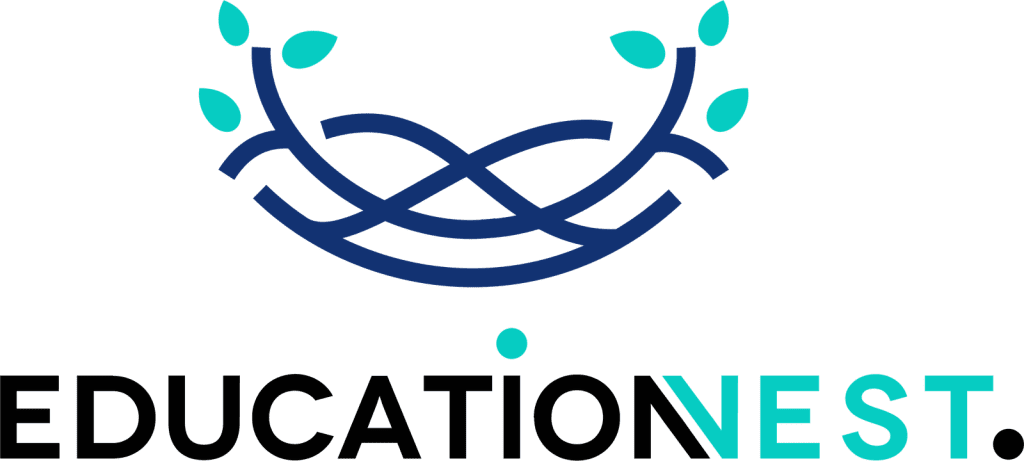In this blog, we’ll discuss the top employee development trends to watch in 2025, and provide actionable insights to help you stay ahead of the curve.
As we step into 2025, the corporate world is witnessing a significant shift in employee development trends. With the ever-changing landscape of work, it’s crucial for organizations to adapt and prioritize their employees’ growth and well-being.
The Changing Nature of Work
The modern workplace is no longer just about completing tasks; it’s about creating a culture that supports employees’ personal and professional growth. With the rise of remote work, technological advancements, and shifting employee expectations, organizations must rethink their approach to employee development.
Trend #1: Personalized Learning Experiences
Gone are the days of one-size-fits-all training programs. Employees today crave personalized learning experiences that cater to their unique needs, interests, and learning styles. To address this, organizations can use AI-powered learning platforms, offer customized training paths, and provide access to relevant resources and tools.
Trend #2: Upskilling and Reskilling
As automation and AI continue to transform the workforce, employees need to acquire new skills to remain relevant. Organizations must invest in upskilling and reskilling programs that focus on emerging technologies, data analysis, creativity, and critical thinking. This will not only help employees stay ahead of the curve but also future-proof the organization.
Trend #3: Well-being and Mental Health Support
Employee well-being and mental health have become critical concerns in recent years. Organizations must prioritize creating a supportive work environment that encourages open conversations, provides access to mental health resources, and promotes work-life balance. This can include offering employee assistance programs, mental health days, and flexible work arrangements.
Trend #4: Virtual and Augmented Reality Training
Virtual and augmented reality (VR/AR) technologies are revolutionizing the way we learn. Organizations can use VR/AR to create immersive, interactive training experiences that simulate real-world scenarios, reduce costs, and increase engagement.
Trend #5: Cross-Functional Training and Collaboration
As organizations become more agile and team-oriented, employees need to develop skills that transcend traditional job roles. Cross-functional training and collaboration can help employees gain a deeper understanding of the organization’s goals, develop new skills, and build stronger relationships with colleagues.
Trend #6: Feedback and Coaching
Regular feedback and coaching are essential for employee growth and development. Organizations should prioritize creating a culture of continuous feedback, where employees receive regular check-ins, constructive criticism, and guidance on areas for improvement.
Trend #7: Diversity, Equity, and Inclusion (DEI) Initiatives
DEI initiatives are no longer just a nicety; they’re a necessity. Organizations must prioritize creating a work environment that values diversity, promotes equity, and fosters inclusion. This can include offering training programs, creating employee resource groups, and implementing policies that promote diversity and inclusion.

Read More
Networking Skills for Introverts: How to Build Professional Connections with Confidence
Microsoft Copilot vs. ChatGPT: Which AI Assistant Is Right for Your Business?
Trend #8: Gamification and Engagement
Gamification and engagement are key to motivating employees and driving learning outcomes. Organizations can use gamification elements, such as rewards, badges, and leaderboards, to make learning more engaging, interactive, and fun.
Trend #9: Social Learning and Community Building
Social learning and community building are critical components of employee development. Organizations can create online communities, discussion forums, and social learning platforms to facilitate knowledge sharing, collaboration, and connection among employees.
Trend #10: Data-Driven Decision Making
Finally, organizations must prioritize data-driven decision making when it comes to employee development. This involves using analytics and metrics to measure learning outcomes, identify skill gaps, and inform training decisions.
What’s Next?
So, what can you do to stay ahead of the curve? Here are a few actionable insights to get you started:
- Conduct a skills gap analysis to identify areas for improvement
- Develop a personalized learning and development plan for each employee
- Invest in emerging technologies, such as VR/AR and AI-powered learning platforms
- Prioritize well-being and mental health support through employee assistance programs and mental health resources
- Foster a culture of continuous feedback and coaching
By embracing these trends and prioritizing employee development, you can create a workforce that’s equipped to drive business success in 2025 and beyond.
Conclusion
As we look ahead to 2025, it’s clear that employee development will play a critical role in driving business success. By prioritizing personalized learning experiences, upskilling and reskilling, well-being and mental health support, and other emerging trends, organizations can create a workforce that’s agile, adaptable, and equipped to thrive in a rapidly changing world.
